Cuba piqued the interest of filmmakers who hoped to capture the wildlife of an island widely unknown. To capture intimate details of the nation’s wildlife, filmmakers had to explore dark caves full of bats, cockroaches and boas.
Features
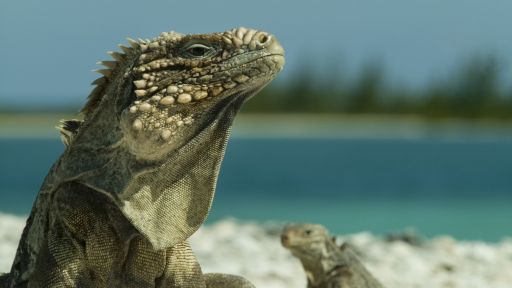
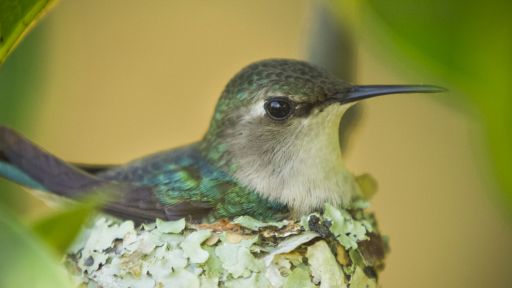
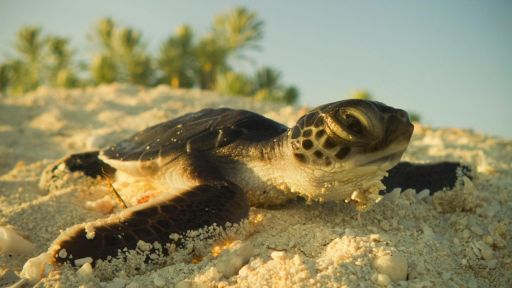
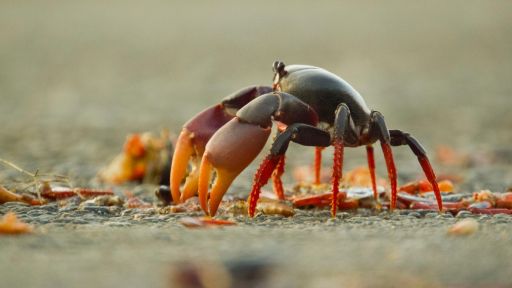
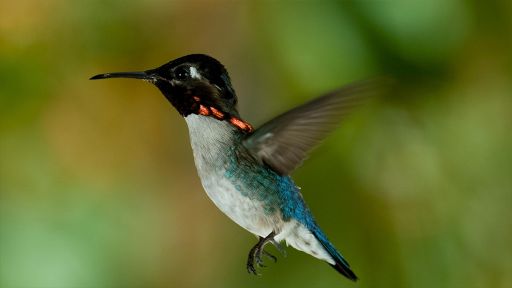
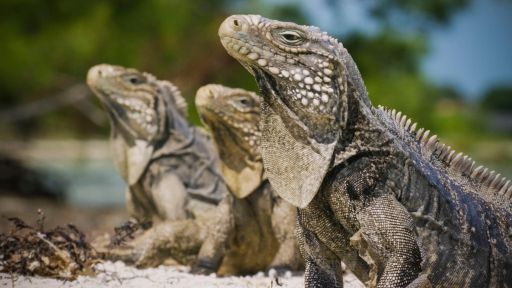
(relaxing guitar music) - Our story with Cuba goes back to 2010.
We made a film on the Cuban Missile Crisis.
While there, I just got entranced with Cuba.
Seeing all these wilderness regions and the wildlife that was there piqued my interest.
- I definitely had my reservations before going there.
We were going to a kind of land unknown, like, we had number of key sequences that we knew we wanted to get within the first three months.
We started in the Cienaga de Zapata which is this 6,000 kilometer squared biosphere in the southwest of the country.
And it's an area that has so much potential for filming, you know, it's been really unexplored as well because so many of the parts of it are just unreachable.
- Some of our shoots were very challenging.
Bee hummingbirds are the smallest bird in the world, and the nests are very hard to find.
Not every nest works for filming, so, you know, you have to get lucky as well.
- [Ciara] We had tried to film at ten or eleven nests and the nests all failed.
- Our friend Manzo who is a ranger who was working with us just happened to spot one in a mango tree that was the most perfect nest I've ever seen.
Beautiful, full of lichen, and in a kinda sturdy branches with mango leaves around it which are quite nice, and it was perfect for us.
I was in a hide for maybe six, seven hours a day trying to film 'em, and with the heat the hide was stiflingly hot.
And you're basically coming out of it, you know, as if you've been swimming, you know.
It wouldn't, within an hour, you were completely drenched.
(lively music) - From an edit point of view, the biggest challenge with a film like this is the volume of material.
But by the time that most people are watching at home don't realize just how much work and effort goes in out in the field and capturing hundreds and hundreds of hours of footage.
(lively music) - So one of the main sequences that we always wanted to film in Cuba, and we're all really excited about it, was Cuban snakes hunting bats as they leave the entrance to a cave in the evening.
- The shoot itself was really interesting and challenging because, and you're shooting at night, you're shooting in infrared, you're on the side of a cave, we can't see in the infrared spectrum, so I was the only one who could see anything looking through the viewfinder.
It was amazing to think that all this was happening there in the dark, and the lads couldn't see anything but I was watching, like, maybe at one stage we counted seventeen boas.
- The floor starts to come alive, you know, this really multisensory experience because you have cockroaches crawling all over you, thousands and thousands of bats coming out of this cave, you've guano, so occasionally you have to turn on your little red head torch and then you realize that there's a Cuban boa here, there's another one there, there's a huge one on the back wall.
What we ended up seeing was really amazing.
- One of the things we quickly learned is that filming in Cuba is not like a lot of other countries because if something fails, you cannot get anything in quickly.
And we had one particular incident, we were going out to the Gardens of the Queen which is this reef system 50 miles south of Cuba for a two week shoot, and on the second day of the shoot, one of our principal lenses for the underwater camera failed.
It was a combination of a Coke can and a credit card cut into four bits that we fashioned together to make this particular lens work in the underwater housing, and you know, we were all laughing about the fact we had this incredibly expensive shoot on this boat 50 miles off shore that was all hinging on small bits of a Coke can and a fragmented credit card.
- I think that the red crabs were tricky from an edit point of view because there was a lot of elements to their story.
You know, they start in the forest, they travel, gotta get across the road, we had the whole reproduction side of it as well, they've gotta get to the water.
Difficult to know what to focus on most or do you have time to tell the whole story.
The influence of man was a real thorny issue in a way, and that to show the reality of it was important but it was tough 'cause it, you know, it's not nice to watch all those crabs getting trapped under the wheels of the vehicles.
(crunches) - My favorite part of the film is actually the ending, as the baby turtle heading out into the open ocean.
It grabs me every time, it's something I've seen in wildlife films before, but the combination of the imagery that the cameraman Dom captured and the music and the editing and the little baby heading into blue water to begin its life and hopefully survive, and you know the odds are very much against it.
It grabs me every time, that closing sequence.
(wistful music) Our ambition for the film was to get across just how gorgeous and precious much of Cuba's wild places are.
Obviously around the world the natural world is under siege, so you know, Cuba is a jewel in the Caribbean which is under a lot of stress from development and from all the factors that, you know, nibble away at wild places.
We plan for the film to be shown in Cuba and that it will help make everyone realize what they've got and hopefully they'll work to preserve it.
(wistful music)
